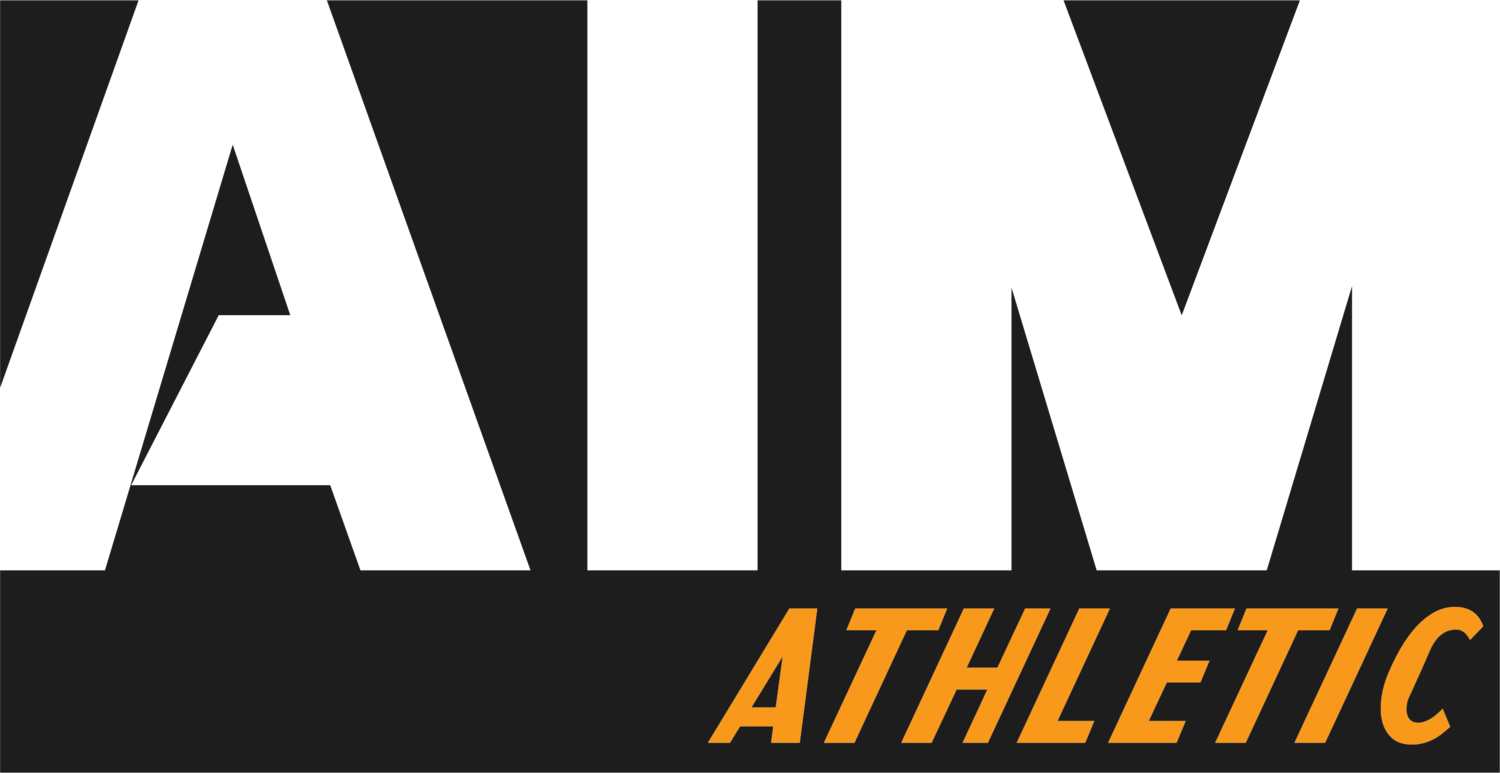
Blog
Fitness Blogs and Articles
Learnings, teachings and tips & tricks for anyone to reference during difficult times, stressful workdays and moments when manifesting your true self.
The Crucial Role of Strength Training for Endurance Athletes at AIM Athletic
While cardiovascular fitness is undeniably crucial, the synergy between strength training and aerobic activities is a game-changer that should not be underestimated.
The Myth of Specific Rep Ranges in Resistance Training
Many believe that performing 8-12 reps per set is the golden range for hypertrophy. While this rep range can indeed stimulate muscle growth, it's not the only way. Muscle growth primarily depends on creating tension and fatigue within the muscle, and this can be achieved through various rep ranges.
Romanian Deadlifts: A Smarter Choice for Strength and Safety
When it comes to deadlift variations, the Romanian deadlift (RDL) often stands in the shadow of its more famous cousins, the traditional barbell deadlift and the trap bar deadlift. However, don't underestimate the incredible benefits that this exercise brings to the table. In many ways, the Romanian deadlift outshines its counterparts, offering unique advantages compared to traditional deadlifts and is why they're regularly featured in our workouts at AIM.
Forward Lunges vs. Backward Lunges
Lunges are a versatile and effective unilateral exercise that targets the lower body muscles, including the quadriceps, hamstrings, and glutes. Within the realm of lunges, two popular variations stand out: forward lunges and backward lunges. While both exercises provide numerous benefits, they differ in terms of movement mechanics, muscle activation, joint stress, and balance and stability requirements.
Glute Training 101: Exercise programming and the best exercises for growth.
When we sit for extended periods of time, the body begins to adapt to the slouched, "C-shaped", position it is placed in. This is characterised by the muscles of the front side of the body, namely those of the anterior shoulders, pecs, and hips all adopting a shortened orientation. Meanwhile those muscles located on the backside of the body, including the glutes, and those of the upper back essentially "turn off" and adopt a lengthened position.
Kinesiology and Physiotherapy: What's the difference?
More specifically, physiotherapy is focused on treating specific conditions and restoring function, while kinesiology is concerned with the study of movement and physical activity in a broader sense. In my point of view, may kinesiologists are more concerned with the former, treating and restoring function with corrective exercise, instead of using their knowledge of movement to help the individuals they work with get stronger, and more robust than they were prior to their injury.

AIM In The Media
AIM In The Media





































